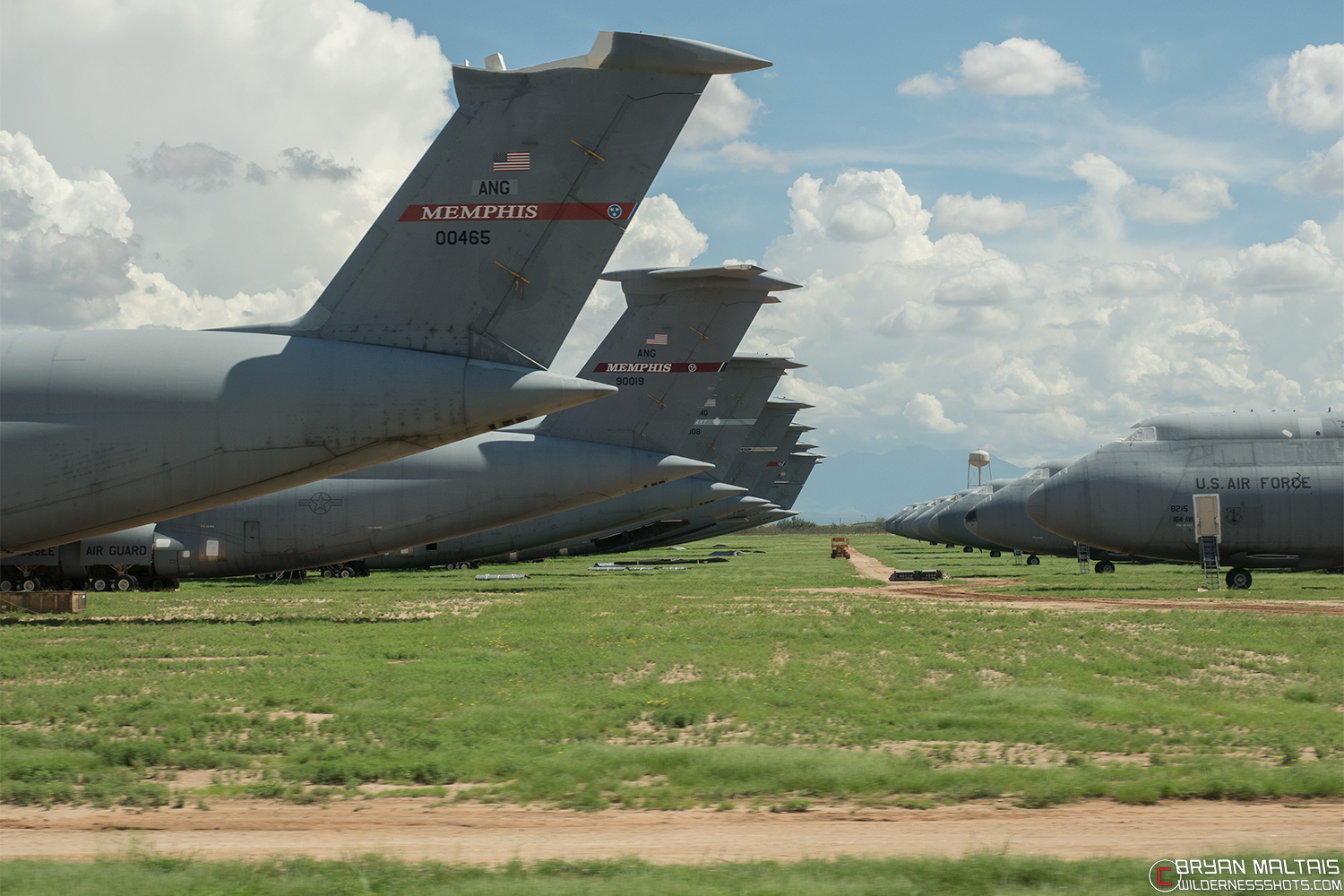

“Airplanes by nature like to fly, so when the wind blows you want them to stay on the ground,” Barnard says. Anything in the boneyard that still has wings - unless it's an actual quail or owl - quickly gets lashed down with cables. “I don't know if it was trying to get warm or cold.”Ī baby ringtail rescued from a mothballed bomber back in the 1950s went on to become one of the Arizona-Sonora Desert Museum's earliest animal ambassadors.

“Just last week, we found a ringtail (cat) inside a soda machine,” Pittman says. Not long ago, a mule deer got into the boneyard and lived there for about a month before state game wardens were called in to tranquilize the animal and move it off the base. Javelina regularly find their way onto the installation, including one that stole a boot that belonged to a member of the wash crew. For now, the stacks of tools and rows of wooden crates mostly provide shelter for pack rats, rattlesnakes and the occasional swarm of bees.ĪMARG spokeswoman Terry Pittman says occasional wildlife encounters are just part of the job. The far east end of the property is also where AMARG stores about 280,000 pieces of aircraft production tooling, just in case a defense contractor wants to fire up its factory again and start churning out new airplanes or parts. Generally speaking, “anything that's east of Kolb (Road), it will never fly again,” says Leo Bernier, a storage services work leader. There, the airplanes are parked in neat rows and loosely grouped based on their status, which can range from ready to fly to soon to be scrapped. The storage area actually sits on roughly 2,600 acres of hard-packed dirt dotted with weeds, crabgrass and anthills. This is the last step in the “induction” process before an airplane gets towed out to what boneyard workers call “the desert,” though it isn't a desert at all. Standing at the top of some rolling metal stairs, Clark reads the steps off a checklist as Chartier leans down into the cockpit to disconnect and remove the explosive charges.Ĭlark says the process usually takes three to four hours, depending on the age of the aircraft. Today they are disarming the ejection system on an F-18. They're the ones who make sure no one gets blown up or launched into the sky while working on one of the mothballed warplanes. Disarmed for the trip to the “desert”ĭean Clark and Gary Chartier play a crucial role at the boneyard. To watch them get choked up, it's heart-wrenching,” he says.
“We try to find the pilots who had the last flight on them. Sherry says AMARG occasionally invites pilots out to watch when one of their old airplanes is ready to be retired for good, once all the usable parts have been harvested and the thing is about to be cut up and crushed into little pieces.


 0 kommentar(er)
0 kommentar(er)
